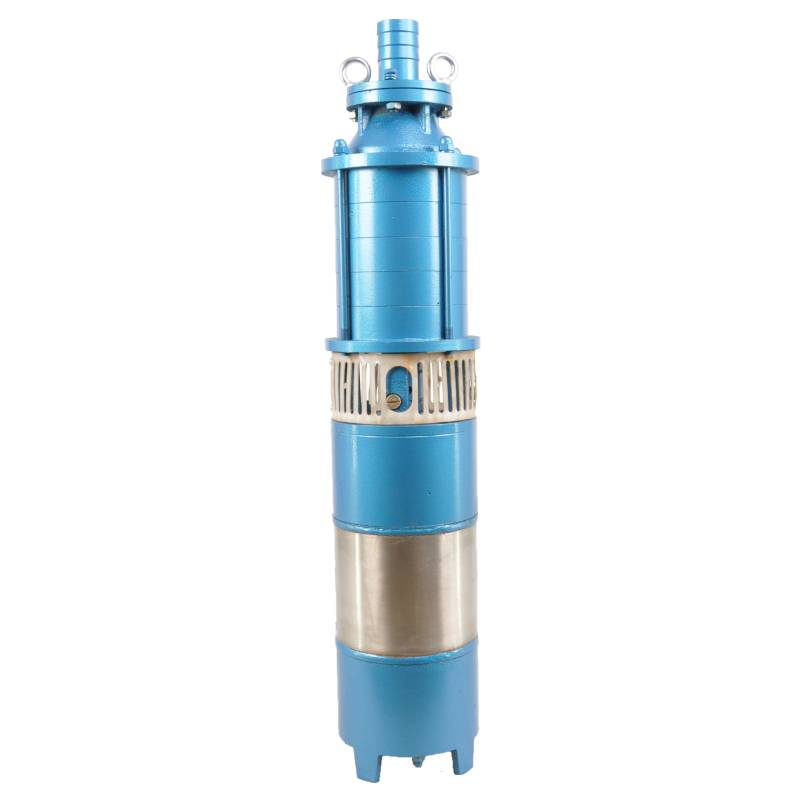Jul . 28, 2024 17:44 Back to list
Affordable Pricing for SS Submersible Pumps and Their Key Features for Various Applications
Understanding the Pricing of SS Submersible Pumps
Submersible pumps have grown increasingly popular in various industries and applications, particularly in dealing with groundwater extraction, sewage and wastewater management, and agricultural irrigation. Among the wide range of options available in the market, SS submersible pumps, which are crafted from stainless steel, stand out for their durability, efficiency, and resistance to corrosion. Understanding the factors influencing the price of SS submersible pumps can help consumers make informed purchasing decisions.
Key Factors Influencing Price
1. Material Quality The primary aspect contributing to the cost of SS submersible pumps is the material used in their construction. Stainless steel, known for its robust nature and resistance to rust and corrosion, guarantees longevity in harsh environments. Higher grades of stainless steel typically mean higher prices, but they also provide enhanced durability and reduced maintenance costs over time.
2. Pump Capacity and Specifications SS submersible pumps come in various sizes and capacities, tailored for specific needs. The required flow rate, head height, and operational depth significantly influence the price. Larger pumps with more advanced capabilities tend to be more expensive than smaller, less powerful models. Knowing your specific requirements will help narrow down choices and budget appropriately.
3. Brand Reputation Well-established brands generally command higher prices due to their reputation for quality, reliability, and customer service. While opting for a cheaper, lesser-known brand may save money upfront, it may lead to higher maintenance and replacement costs if the pump fails prematurely.
ss submersible pump price

4. Technological Features Advances in technology have led to the development of more efficient and user-friendly submersible pumps. Features such as automatic controls, energy-efficient motors, and integrated monitoring systems can increase the price. However, these technologies often result in lower energy consumption and enhanced operational efficiency, providing long-term savings.
5. Installation and Maintenance The total cost of owning an SS submersible pump extends beyond the purchase price. Proper installation often requires professional assistance, which can add significantly to the upfront cost. Additionally, ongoing maintenance is crucial for ensuring the pump's longevity and optimal performance, and maintenance costs should be factored into the overall budget.
Average Price Range
On average, the price of SS submersible pumps can range from a few hundred to several thousand dollars, depending on the factors mentioned above. Basic models designed for simple applications might start around $300, while high-capacity models suitable for industrial uses can exceed $3,000. It’s important for buyers to conduct thorough research and compare options across various suppliers to find the pump that best meets their needs and budget.
Conclusion
When considering the purchase of an SS submersible pump, understanding the various elements that affect pricing is essential. High-quality materials, required specifications, brand reputation, technological advancements, and additional costs related to installation and maintenance all play significant roles in determining the final price. By evaluating these factors, consumers can make educated decisions that balance initial costs with long-term value, leading to a satisfying investment in submersible pump technology that meets their operational needs.
-
Submersible Water Pump: The Efficient 'Power Pioneer' of the Underwater World
NewsJul.01,2025
-
Submersible Pond Pump: The Hidden Guardian of Water Landscape Ecology
NewsJul.01,2025
-
Stainless Well Pump: A Reliable and Durable Pumping Main Force
NewsJul.01,2025
-
Stainless Steel Submersible Pump: An Efficient and Versatile Tool for Underwater Operations
NewsJul.01,2025
-
Deep Well Submersible Pump: An Efficient 'Sucker' of Groundwater Sources
NewsJul.01,2025
-
Deep Water Well Pump: An Efficient 'Sucker' of Groundwater Sources
NewsJul.01,2025
-
 Submersible Water Pump: The Efficient 'Power Pioneer' of the Underwater WorldIn the field of hydraulic equipment, the Submersible Water Pump has become the core equipment for underwater operations and water resource transportation due to its unique design and excellent performance.Detail
Submersible Water Pump: The Efficient 'Power Pioneer' of the Underwater WorldIn the field of hydraulic equipment, the Submersible Water Pump has become the core equipment for underwater operations and water resource transportation due to its unique design and excellent performance.Detail -
 Submersible Pond Pump: The Hidden Guardian of Water Landscape EcologyIn courtyard landscapes, ecological ponds, and even small-scale water conservancy projects, there is a silent yet indispensable equipment - the Submersible Pond Pump.Detail
Submersible Pond Pump: The Hidden Guardian of Water Landscape EcologyIn courtyard landscapes, ecological ponds, and even small-scale water conservancy projects, there is a silent yet indispensable equipment - the Submersible Pond Pump.Detail -
 Stainless Well Pump: A Reliable and Durable Pumping Main ForceIn the field of water resource transportation, Stainless Well Pump has become the core equipment for various pumping scenarios with its excellent performance and reliable quality.Detail
Stainless Well Pump: A Reliable and Durable Pumping Main ForceIn the field of water resource transportation, Stainless Well Pump has become the core equipment for various pumping scenarios with its excellent performance and reliable quality.Detail
